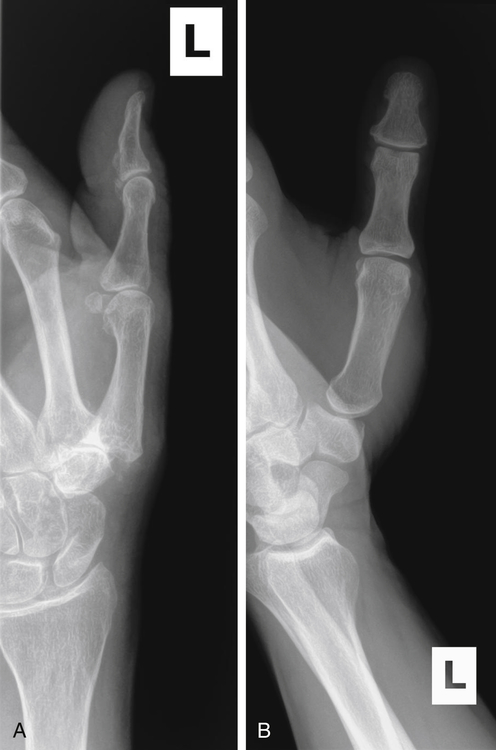Pain is common to most of the patients that we treat. It is easy to develop a calloused attitude toward pain when you treat it every day. We may in fact laugh with our patients who, having progressed through a pain phase of their treatment, refer to us as their physical “torturer.” But eventually we stop laughing. Either we experience pain ourselves or we treat an individual whose pain will not go away despite our best efforts to conquer it. Indeed, hand pain has been identified as “one of the most acutely stressful aspects of traumatic injuries and their treatment.”1 Pain is one of the first things that we ask patients to rate or describe. We use pain to establish boundaries on exercises and stretches. Without pain to guide us, tendons would rupture, ligaments would tear, and wounds would not heal. Indeed, “pain protects us from destroying ourselves.”2 In his book, Pain: The Gift Nobody Wants, Dr. Paul Brand describes the fate of those with Hansen’s disease (Leprosy) who, lacking the ability to feel pain, slowly lose fingers, toes, ears, their nose, and often go blind (forgetting to blink). I highly recommend this book to all therapists treating patients with pain. The book serves to stimulate both our scientific and our humanitarian natures. Several box inserts will be used as pearls throughout this chapter to highlight insights from Dr. Brand’s book.2 Finding the origin of pain can be difficult. For example, compare parts A and B in Fig. 12-1. Look at the thumb carpometacarpal (CMC) joints in these radiographs. It may seem clear that Fig. 12-1, A, is of a patient who has severe CMC pain and the patient in Fig. 12-1, B, is pain free. In reality the hand in Fig. 12-1, A, is that of a woman I know who has no thumb pain at all. Fig. 12-1, B, is my hand that from time to time gives me bouts of severe CMC pain. • Swelling (using circumferential or volumetric measures) • Observations of appearance (color, use, dryness, or sweating) • Sensory testing (monofilaments or two point discrimination) • Pain assessment (visual analogue scale, pain diagram, pain questionnaire) For more information on baseline evaluation and rating pain, please see Chapter 5. When documenting pain there are terms that are helpful to know. Pain from the periphery that alerts us to damage or potential damage of tissue is called nociceptive pain, carried by the nociceptive fibers of the sensory nerves. Pain originating from damage to the nerve itself is called neuropathic pain. Allodynia is pain that occurs after a stimulus that is normally not painful. Painful light touch following sunburn is an example of allodynia. Hyperpathia is pain that is more intense than normally expected and/or lasts longer than normally expected. Pain lasting for hours after gentle passive range of motion (PROM) is an example of hyperpathia. See Box 12-1 for a summary of pain terminology. A day may come when you receive a referral diagnosing a patient with CRPS or RSD. CRPS/RSD has been described as “the most controversial and frustrating of all hand disorders.”3 It is a clinical syndrome in which there is extreme pain with allodynia and hyperpathia. There is usually associated edema, stiffness, skin color and temperature change (often red and warm initially, changing to blue and cold over time), excessive sweating or dryness, excessive or diminished hair growth on the arm or hand, and changes in the nails/nail beds and pads of the fingers. It affects all ages, all races, both sexes, and can occur spontaneously or be caused by trauma, cerebrovascular accident (CVA) also known as stroke, heart attack, and shingles.3 Because carpal tunnel syndrome and distal radius fractures are among the most common hand disorders, they are often cited as the event preceding the onset of CRPS/RSD. The term RSD, coined in the 1940s, has been replaced by the term CRPS. RSD implies reflex to an injury causing a disease directly related to the sympathetic nervous system. CRPS conversely describes the complex nature of the disorder that attacks regionally (usually the arm or the leg), is severely painful, and is best thought of as a syndrome—not a disease. This is not the first time a new label has been used for this disorder. There are over 60 terms used to describe the condition (see Box 12-2). It is important to know that renaming RSD does not change the fact that there is no clear explanation, no precise way to diagnose, and no universally accepted treatment for this disorder.
Perspectives on Pain

Complex Regional Pain Syndrome/Reflex Sympathetic Dystrophy
Perspectives on Pain





